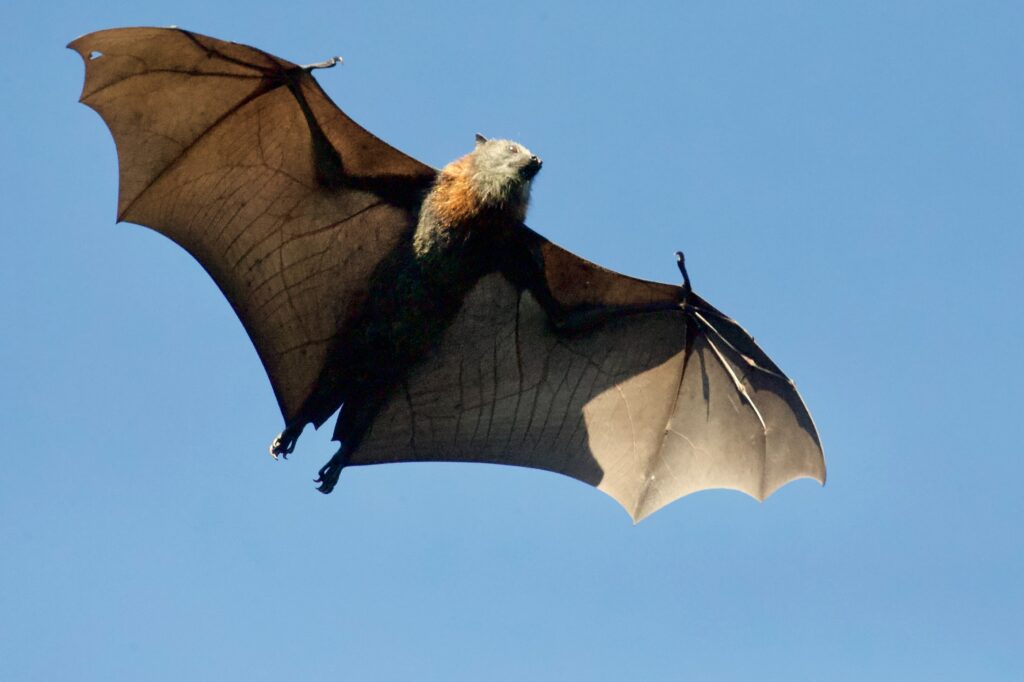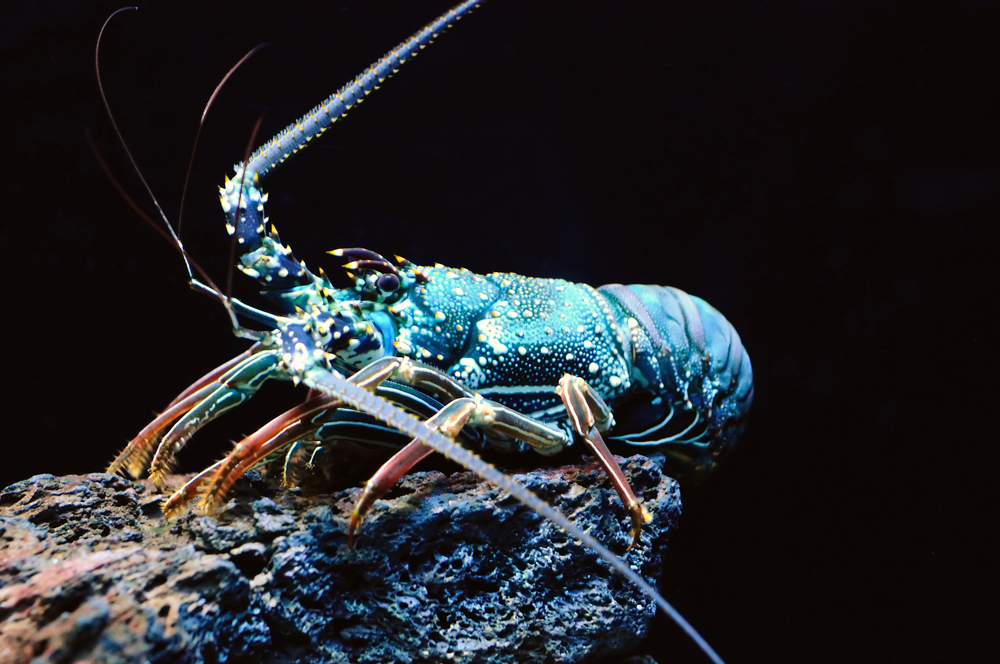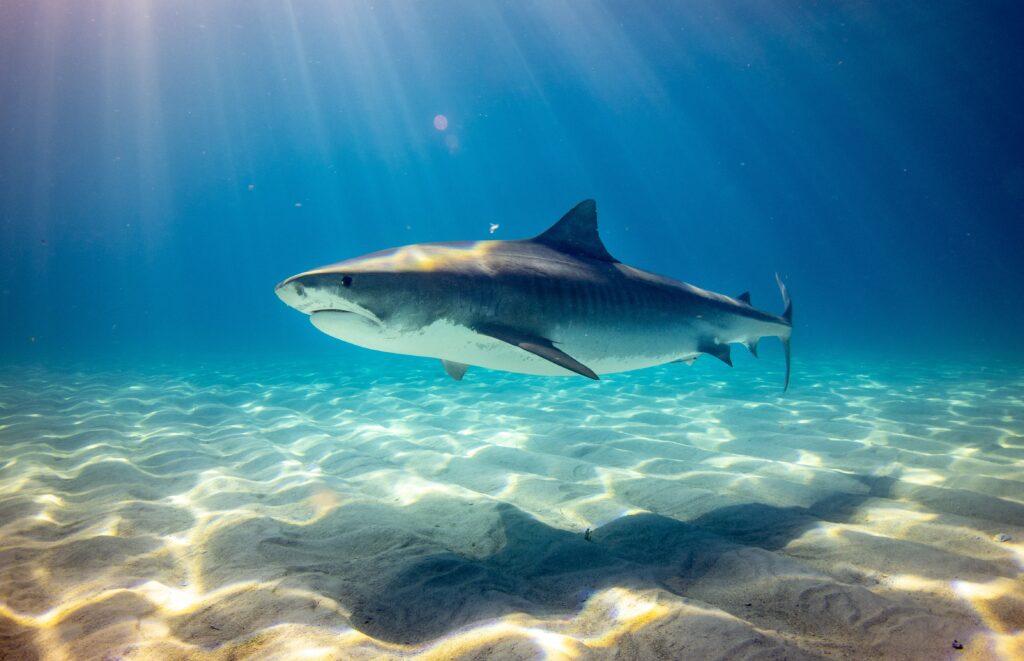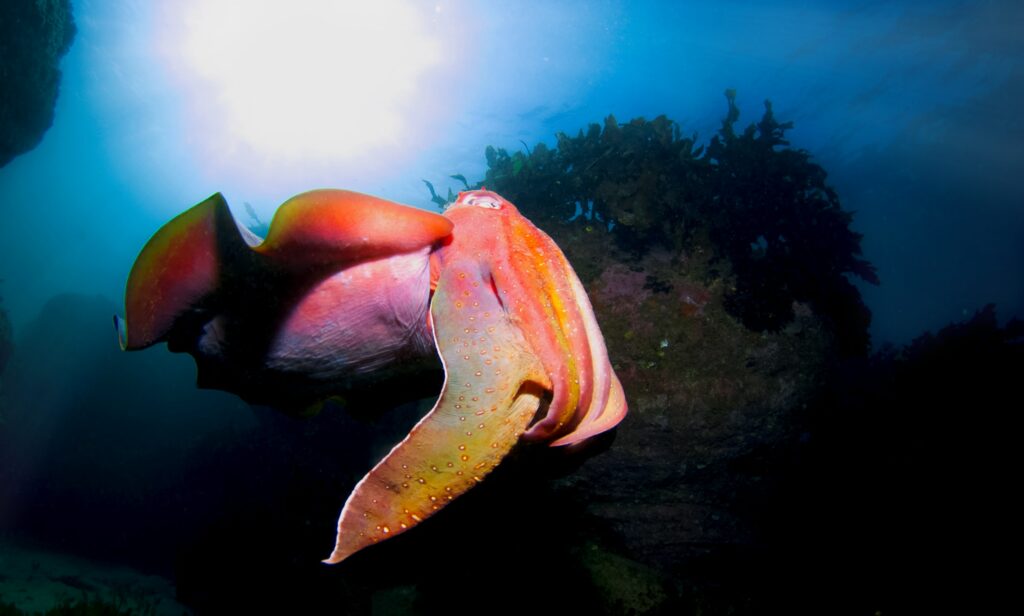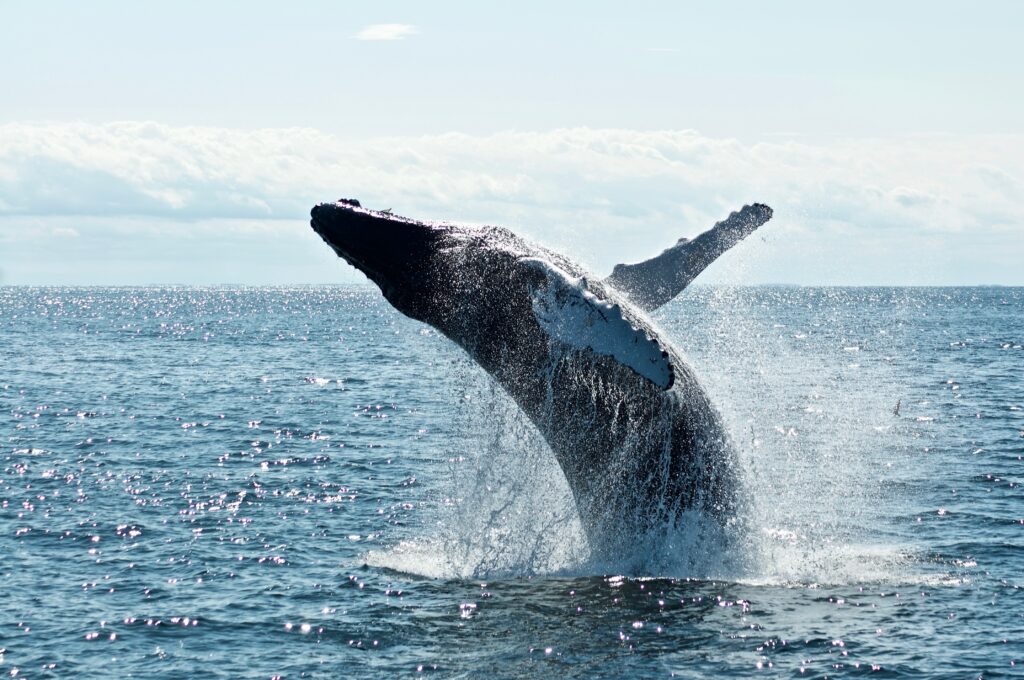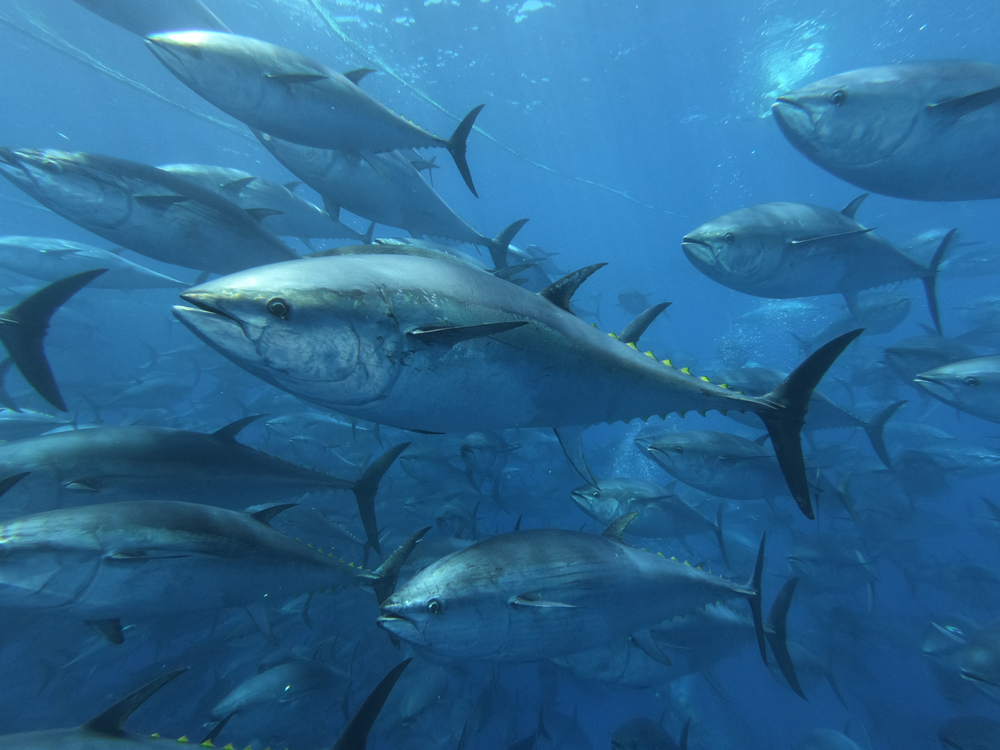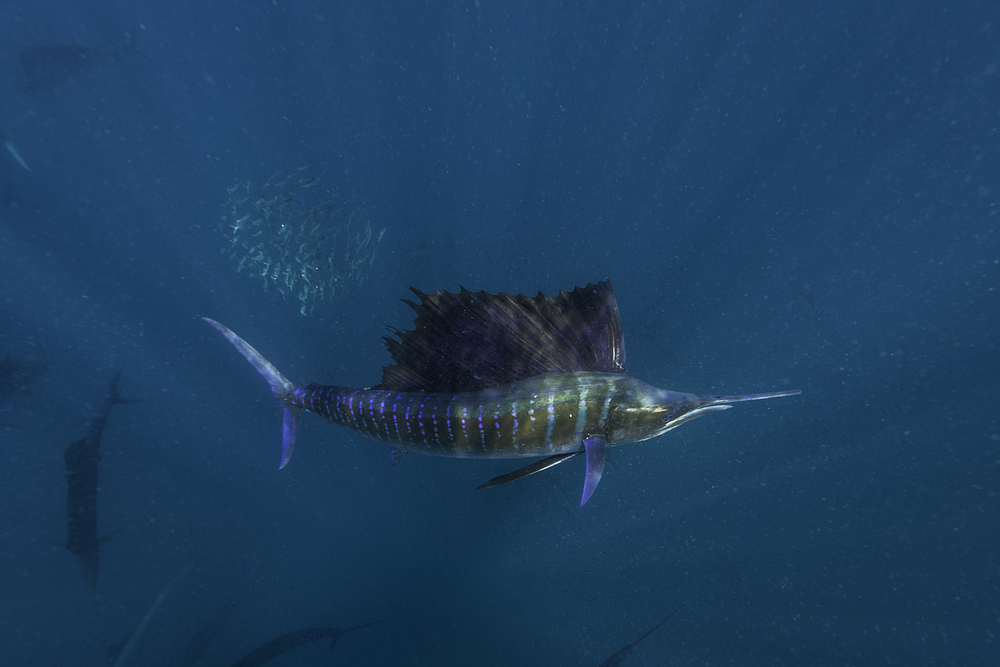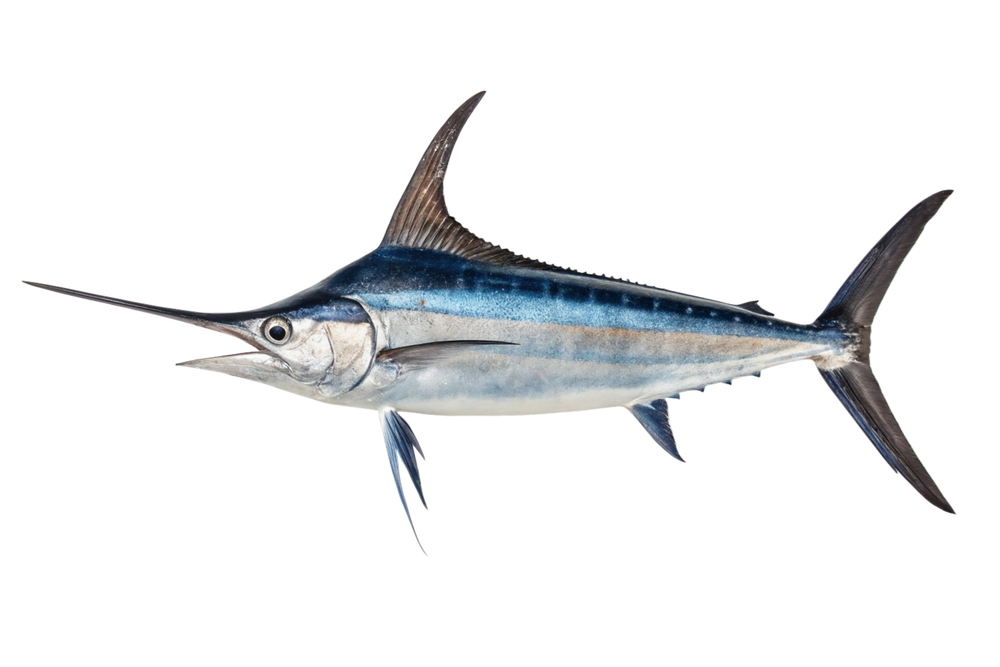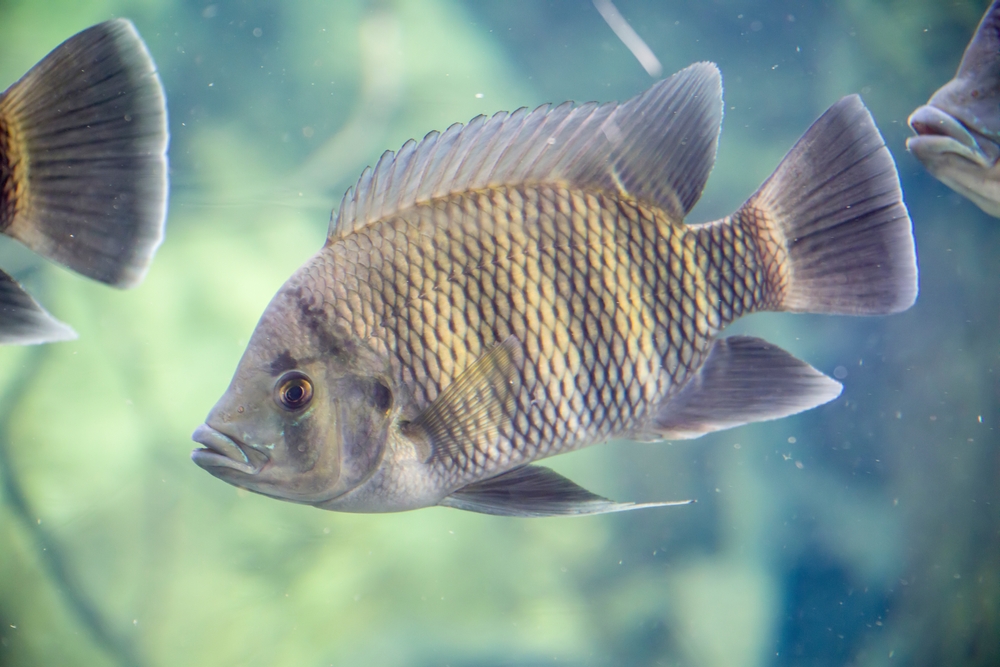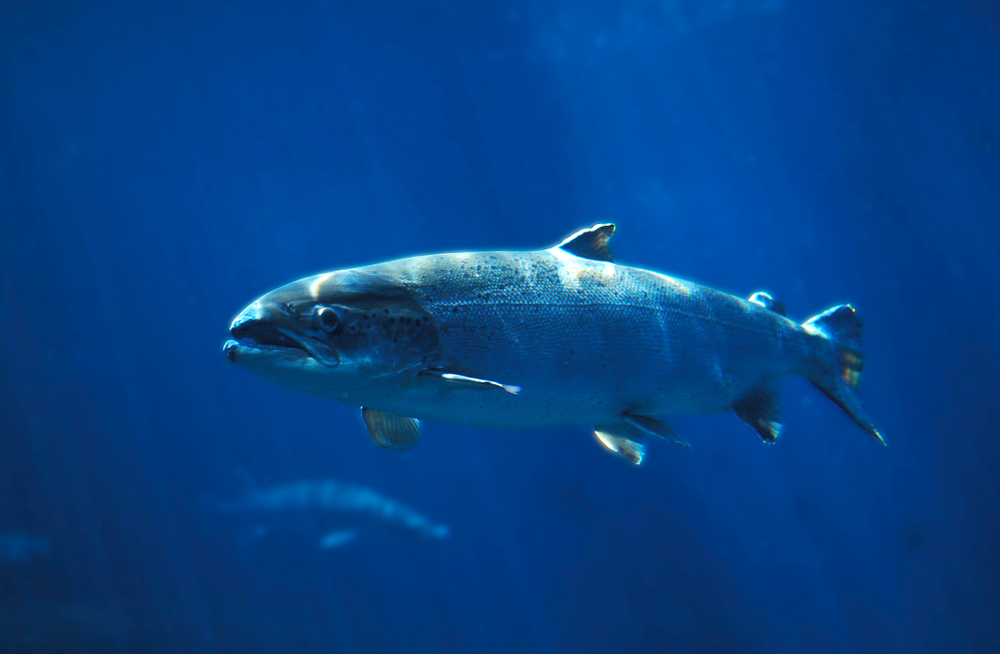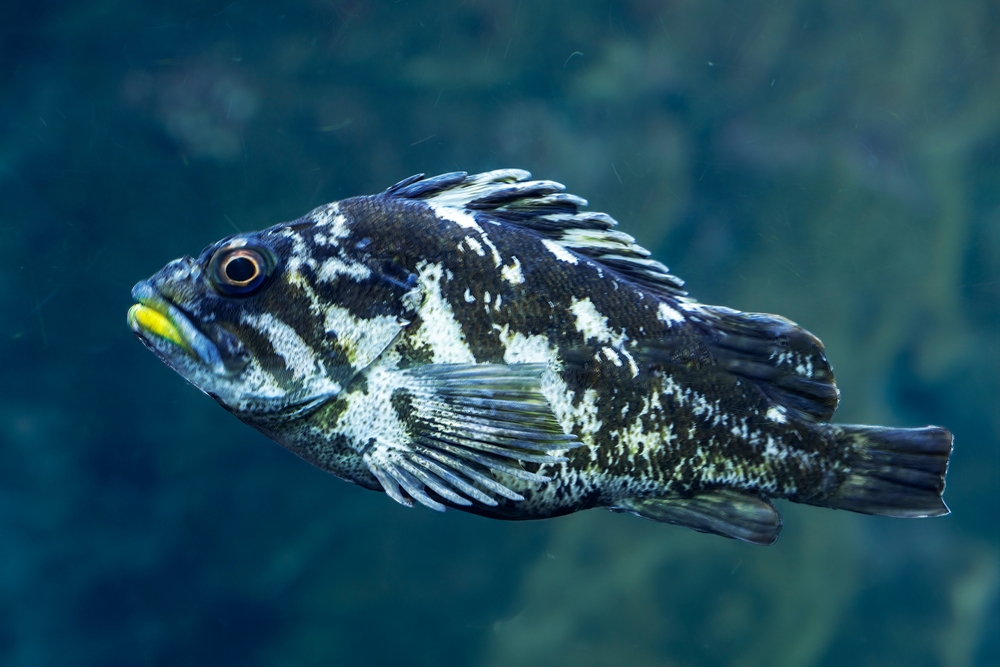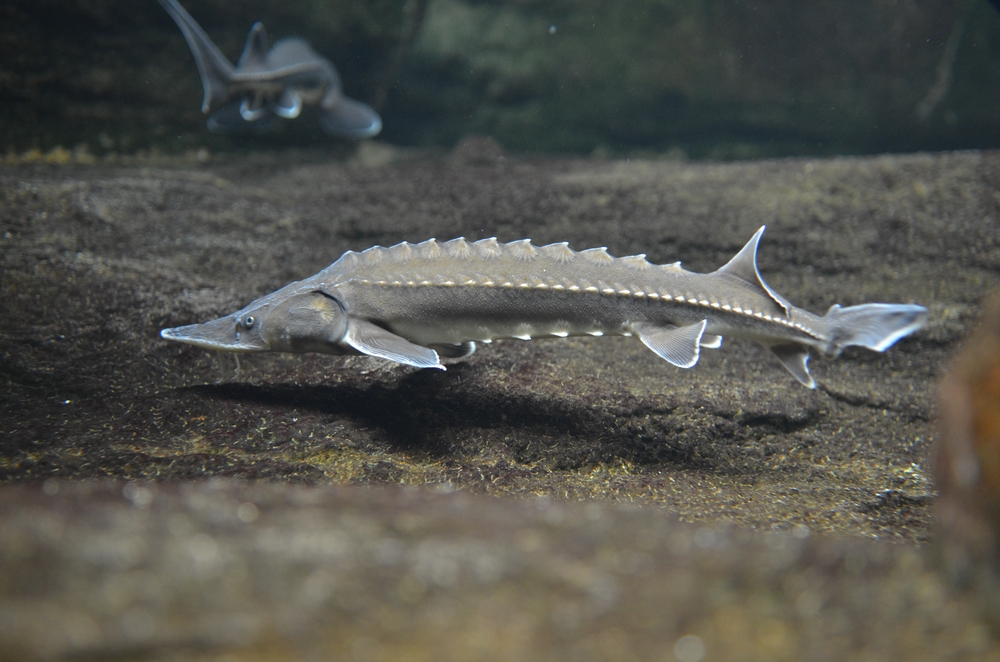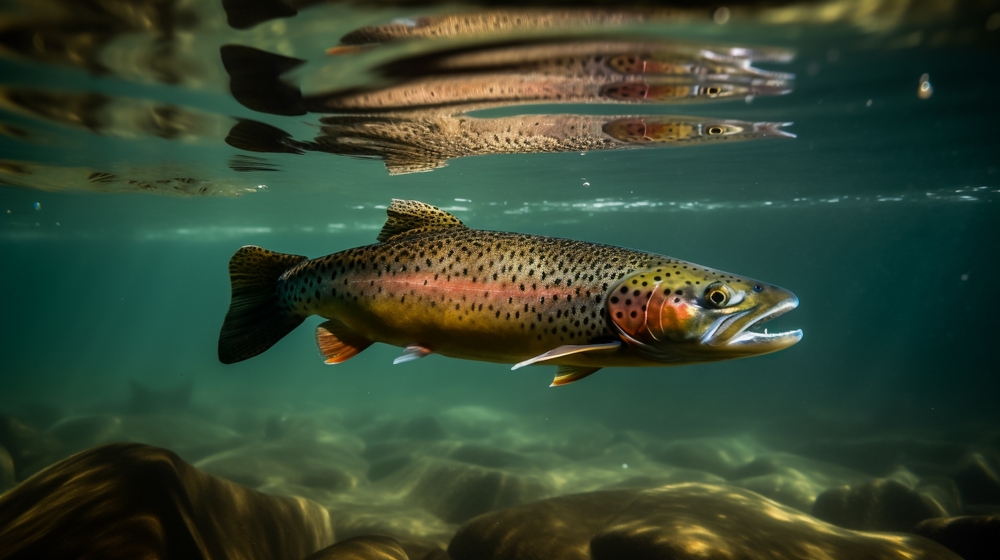Tunas belong to the mackerel family (Scombridae). Their closest relatives are mackerels and bonitos, which share similar streamlined bodies and fast-swimming adaptations but are generally smaller and less migratory.
About
The Tuna is one of the ocean’s most powerful and commercially important fish, renowned for its speed, endurance, and value as a food source. Belonging to the family Scombridae, tuna includes several species such as bluefin, yellowfin, albacore, skipjack, and bigeye, each adapted for long migrations across the world’s tropical and temperate oceans.
Tuna are built for speed and stamina. Their streamlined, torpedo-shaped bodies, retractable fins, and powerful tails enable them to swim at bursts of up to 45 mph (72 km/h). They are among the few warm-blooded fish, with specialized blood vessels that allow them to regulate body temperature, giving them an advantage when hunting in both warm and cold waters. Sizes vary greatly: skipjack average 2 feet (60 cm), while Atlantic bluefin can exceed 10 feet (3 m) and weigh over 1,000 pounds (450 kg).
These apex predators feed on schooling fish, squid, and crustaceans, often hunting cooperatively. Their migrations span thousands of miles, connecting ecosystems across entire ocean basins. Tuna also play a vital ecological role by regulating prey populations and serving as prey for sharks, whales, and seabirds.
Reproduction occurs in warm waters, where females release millions of eggs during spawning seasons. Their rapid growth rates and high energy demands make tuna some of the ocean’s most remarkable fish.
Economically, tuna are among the most valuable fish in the world, central to global seafood markets and cuisines, particularly sushi and sashimi. However, intense demand has led to overfishing, especially of bluefin populations, sparking international conservation efforts and stricter management practices.
Resilient, athletic, and iconic, tuna embody the strength and mystery of the open sea while highlighting the need for sustainable stewardship of marine resources.
Physical Characteristics
Tunas are powerful, fast-swimming ocean predators built for endurance and speed, making them some of the most efficient hunters in the sea.
Body:
They have a robust, torpedo-shaped body that is streamlined for high-speed swimming across long distances. Their smooth, muscular build reduces drag and supports powerful bursts of movement.
Coloration:
Most tunas are metallic blue to dark gray on the back, fading to silvery white on the belly, providing camouflage in open waters. Some species, like the yellowfin tuna, display bright yellow dorsal and tail fins, while bluefin tunas show a deep blue back with silvery sides.
Head and Mouth:
They have a large head with a terminal mouth lined with sharp, small teeth, adapted for seizing fish and squid.
Fins:
Tunas are distinguished by two dorsal fins, a series of finlets running between the dorsal and tail fins, and a crescent-shaped caudal fin designed for speed. Their pectoral fins are long in some species, such as the albacore tuna.
Size:
Depending on the species, tunas range widely in size. Skipjack tunas average 2–3 ft (0.6–0.9 m), while giant Atlantic bluefin tunas can exceed 10 ft (3 m).
Weight:
Smaller species weigh 10–50 lbs (4.5–23 kg), while bluefin tunas can exceed 1,000 lbs (450 kg), making them among the largest bony fish in the ocean.
The tuna’s streamlined body, metallic coloration, and extraordinary size range make it one of the most iconic and powerful fish of the open sea.
Reproduction
Tunas are highly fecund open-ocean spawners, producing millions of eggs to ensure survival in pelagic ecosystems.
Mating and Courtship:
Tuna reproduction occurs in warm tropical and subtropical waters. They do not form pairs; instead, males and females gather in large spawning aggregations.
Spawning:
Females release eggs into the open water, where males simultaneously release sperm for external fertilization. A single female can release up to 10 million eggs in one spawning season, depending on species and size.
Eggs and Development:
Fertilized eggs are buoyant and drift with ocean currents. They hatch quickly—within 24–48 hours in warm waters.
Larval Stage:
Larvae are planktonic and extremely vulnerable to predation. They feed on microscopic plankton and gradually develop the streamlined form of juvenile tuna.
Maturity:
Tunas grow rapidly, but maturity varies by species. Skipjack may mature within 1–2 years, while bluefin tuna can take 5–8 years to reach reproductive age.
The tuna’s prolific egg production, rapid growth, and spawning in vast aggregations ensure survival in open oceans, but overfishing threatens the balance of these cycles.
Lifespan
Tunas have variable lifespans depending on species, with larger tunas generally living much longer than smaller ones.
Lifespan in the Wild:
Smaller species, like skipjack tuna, typically live 8–12 years, while larger species such as yellowfin live up to 15 years. Atlantic bluefin tuna are the longest-lived, with lifespans reaching 35–40 years.
Lifespan in Captivity:
Tunas do not survive well in captivity due to their size, constant need to swim, and highly migratory nature. Even in advanced aquariums, their lifespan is much shorter than in the wild.
Threats to Longevity:
Overfishing is the greatest threat to tuna populations, particularly for bluefin species. Natural predators include sharks, marlins, and killer whales, though adult tunas’ speed and size offer strong defenses.
The tuna’s potential to live decades—especially in larger species like the bluefin—reflects its status as one of the ocean’s most enduring and powerful fish.
Eating Habits
Tunas are fast, opportunistic carnivores with diets that reflect their role as apex predators of the open ocean.
Diet:
They feed primarily on schooling fish such as sardines, anchovies, mackerel, and herring, as well as squid, crustaceans, and occasionally planktonic organisms when young.
Feeding Behavior:
Tunas are visual hunters, relying on excellent eyesight to pursue prey. They often feed in coordinated schools, surrounding and driving fish into dense bait balls before striking.
Foraging Strategy:
They are highly migratory, traveling vast distances to follow prey movements. Tunas hunt at multiple depths, with some species, like yellowfin and bluefin, diving over 1,500 ft (460 m) in pursuit of squid or fish.
Role in the Ecosystem:
As top-level predators, tunas help regulate populations of smaller fish and squid, maintaining balance in pelagic food webs.
The tuna’s high-speed pursuit, schooling strategies, and wide-ranging foraging make it one of the most efficient hunters of the open ocean.
Uniqueness
Tunas are extraordinary ocean predators, combining speed, endurance, and specialized physiology that set them apart from most fish.
Warm-Blooded Adaptation:
Unlike most fish, tunas are partially warm-blooded (endothermic), allowing them to maintain body temperatures above surrounding waters. This gives them superior speed, stamina, and hunting ability in colder seas.
High-Speed Swimmers:
Their streamlined, torpedo-shaped bodies, crescent tails, and finlets make them among the fastest fish in the ocean, capable of reaching speeds over 40 mph (64 km/h).
Long-Distance Migrants:
Tunas are highly migratory, traveling thousands of miles across oceans to feed and spawn, linking marine ecosystems worldwide.
Economic Importance:
They are among the most valuable commercial fish, especially bluefin tuna, which is prized for sushi and sashimi.
Ecological Role:
As apex predators, they regulate populations of smaller fish and squid, playing a critical role in maintaining balance in marine food webs.
The tuna’s warm-blooded physiology, speed, and migratory lifestyle make it one of the most unique and ecologically significant fish in the ocean.
Be the First to Share Photos of This Species.
FAQ’s
1. What species is closest to the tuna?
2. How does the tuna compare to other species in the same family?
Compared to mackerels and bonitos, tunas are larger, faster, and capable of long-distance migrations. They are also partially warm-blooded, a unique trait that gives them superior endurance.
3. What national parks provide the best opportunities to see a tuna?
Tuna can be spotted in marine reserves such as Channel Islands National Park (California), Papahānaumokuākea Marine National Monument (Hawaii), and Great Barrier Reef Marine Park (Australia).
4. In what parts of the world can you find tuna?
They are distributed worldwide in tropical, subtropical, and temperate oceans. Different species inhabit the Atlantic, Pacific, and Indian Oceans, as well as the Mediterranean Sea.
5. How many types of tuna are there?
There are about 15 recognized species of tuna, including bluefin, yellowfin, bigeye, albacore, and skipjack. These vary in size, range, and commercial importance.




































